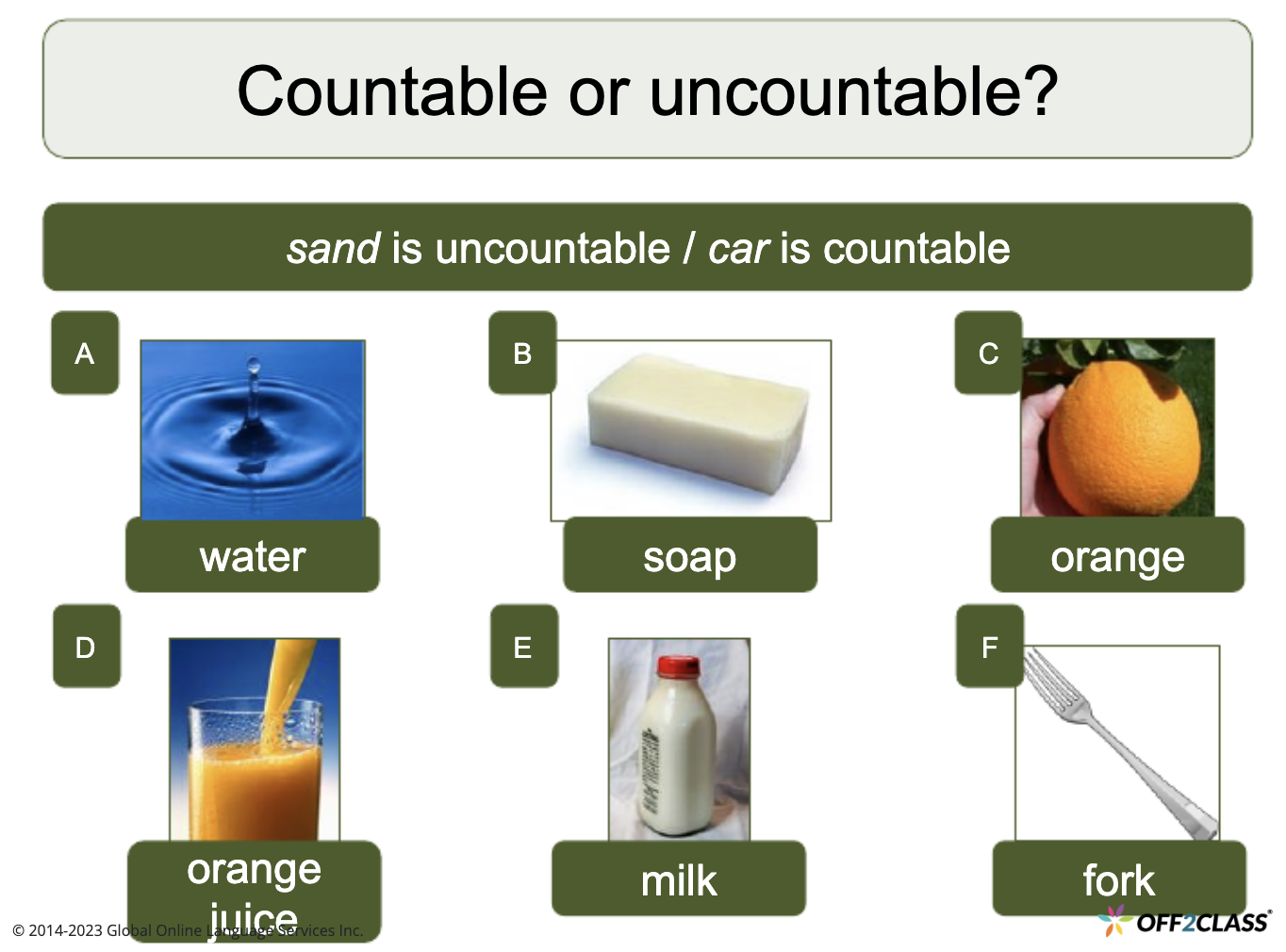5 min read
Share this post

So, you’re looking for a free lesson plan to use when teaching gerunds? Well, you’re in luck because you have landed on not only a free gerunds lesson plan but a great article with tips and tricks on how to teach them. Keep reading and scrolling through to find the free lesson plan and to learn more about how to utilize it in your classroom.
I love using this lesson plan with a group or individual classes because it is fun and easy to adapt in both settings. I recently used it with a pre-intermediate student who is only 8 years old and she loved it! This free lesson plan includes different reading, speaking and writing activities. Students will love the prompts given so they can express themselves creatively and genuinely.
As I mentioned before, I used this lesson with a pre-intermediate student and I think this is a great place to start. Regardless of the age of the student, if his/her/their proficiency is pre-intermediate then learning and teaching gerunds will be fun for all of you. Keep in mind that students at this level should have a general idea of how to read, write, speak and understand English; this lesson will help improve these skills.
You can download this lesson on gerunds below:
Before you start teaching gerunds, it’s important to know what this lesson plan includes. As I alluded to before, it includes several engaging and educational activities that allow students to practice new concepts. It includes a warm-up, several examples, gap-fill exercises, matching exercises and speaking prompts. It also includes definitions and slides with explanations. In addition, this lesson includes several questions for students to answer. You can also download a free Off2Class account to make teaching gerunds even easier. When you do this you will gain access to useful teacher notes that are great accompanying materials to help make the class even more educational.
The purpose of this lesson is for students to practice verbs that are followed by gerunds or infinitives with no change in meaning. They will also learn how to determine when to use gerunds or infinitives. Moreover, they will work on answering questions using two sentences: one with the gerund and one with the infinitive. Students will also have the opportunity to create their questions, it’s really fun to see what they come up with. By the end of this lesson, students will be able to make logical sentences using several verbs including love, like, hate, prefer, can’t bear, can’t stand, begin, start and continue.
Off2Class has more useful lessons on teaching gerunds as well as others for you to access for free. All you need to do is download a free Off2Class account. This is a great platform for teachers of all kinds. Also we want to hear from you! Was this lesson useful for you? Do you like teaching gerunds? Be sure to let us know in the comments below, we love to hear from teachers everywhere.
Share this post


